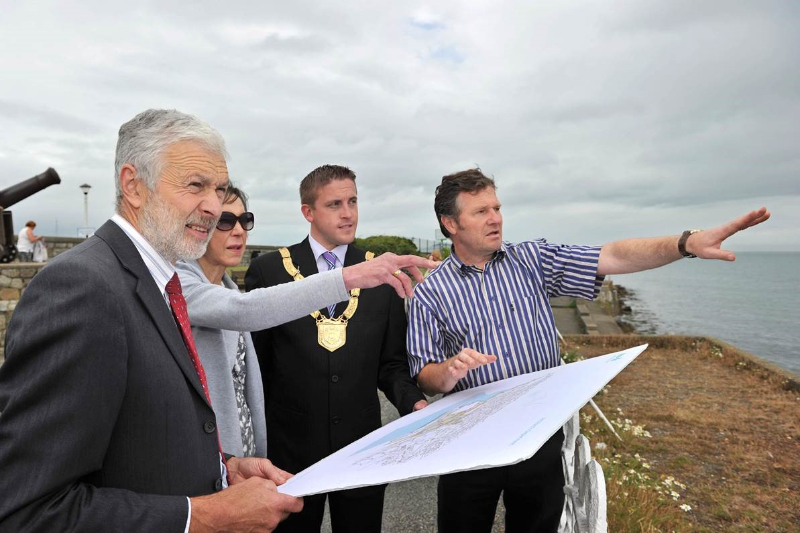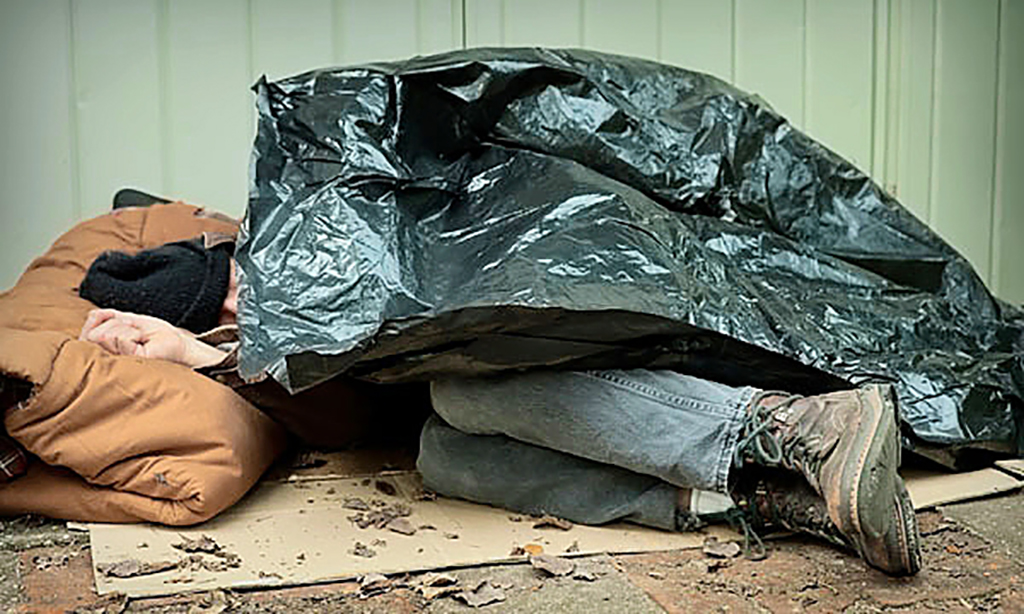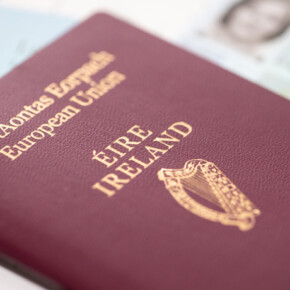Plans unveiled for statue of Roger Casement in Dún Laoghaire
Dublin People 10 Aug 2016
DÚN Laoghaire Rathdown County Council revealed plans for a statue to commemorate the Irish nationalist hero Roger Casement on the centenary of his death last week.
The cathaoirleach of the council, Cllr Cormac Devlin, was joined by members of the Casement family including Patrick Casement, and his wife Dr Anne Casement, at the launch of a competition for a major statue commission to celebrate Casement’s life.
The launch took place at Doyles Cottage, Lawson Terrace, in Sandycove, Dún Laoghaire, where Casement was born and spent his early childhood.
The site of his house is less than 1km from the proposed site of the Casement Sculpture and is where a plaque was erected decades ago. The original house was demolished some years ago.
This statue will be designed to mark Casement’s significance to the local area. It will be prominently located in the redeveloped former Dún Laoghaire Baths site which will include a new public walkway connecting Newtownsmith and the back of the East Pier.
The statue will be located on the seaward side of the new promenade. Dún Laoghaire Rathdown County Council say they are seeking a full sized representational sculpture of Casement, which will be recognisable to generations to come and will celebrate all aspects of Casement’s career, including his well-documented humanitarian work.
It is the first statue to be commissioned in the history of Dún Laoghaire Rathdown County Council.
Cllr Cormac Devlin declared: “There is no higher tribute that you can pay to someone than to commission a statue in their honour and I can think of a no more fitting person than Roger Casement to erect a statue to in this county.
“Dún Laoghaire Rathdown is deeply honoured to have Roger Casement’s relatives visit the place of his birth in Sandycove and to view the planned location of the commemorative statue. On the centenary of his death we feel it is timely and appropriate to commemorate his role in the 1916 Rising and his tremendous humanitarian legacy.”
The competition is in two-stages. The deadline for Stage 1 applications is Friday, October 7 at 12 noon.
Visual Artists Ireland is managing the commission on behalf of Dún Laoghaire Rathdown County Council.
Contact Shelly McDonnell at 01 6729488/or email shelly@visualartists.ie for details on the commission and relevant applicant forms.
To mark the anniversary of Casement’s death last week, Irish Aid and the Defence Forces hosted a special open day at Casement Aerodrome, Baldonnel.
The event took place on the anniversary of Casement’s execution in Pentonville Prison to offer a unique opportunity for the public to have access to the air force base where Casement’s body was flown back to Ireland in 1965.
Normally closed to the public, the area was transformed for the occasion with market stalls, picnic areas, play areas for children and a whole host of activities for young and old to enjoy.
Military vehicles, vintage aircraft and rare memorabilia were on display throughout the day, as well as special military capability displays by members of the Air Corps and Defence Forces.
A specially curated programme of exhibitions and talks on Casement, with a special focus on his legacy as an international humanitarian, took place throughout the day. Guest speakers from some of Ireland’s most respected development agencies participated in a panel discussion, hosted by broadcaster Sean O’Rourke, on the issues and challenges facing those working in international human rights today.
Minister of State for the Diaspora and Overseas Development Aid, Joe McHugh, said: “Many events have already taken place to commemorate Roger Casement, both in Ireland and across the globe that were facilitated by our embassy network.
“The interest displayed in remembering Casement’s life and legacy is testament to the impact he had in fighting for the human rights of those forgotten and marginalised by the powers that be. Today we celebrate his legacy as an international humanitarian.”
Casement travelled to Ireland in a German submarine in April 1916 to rendezvous with The Aud, a ship carrying arms from Germany for the Rising.
Having failed to rendezvous with the ship, Casement was arrested and transported to London.
He was found guilty of treason at the Old Bailey in June 1916 and was hanged at Pentonville Prison on August 3. His remains were returned to Ireland in 1965 for reburial in Glasnevin Cemetery.











